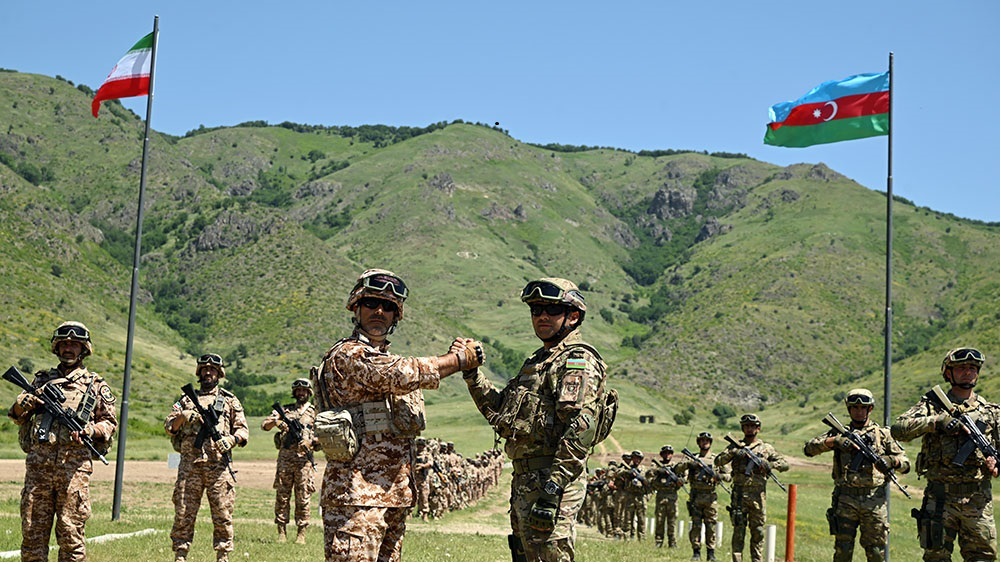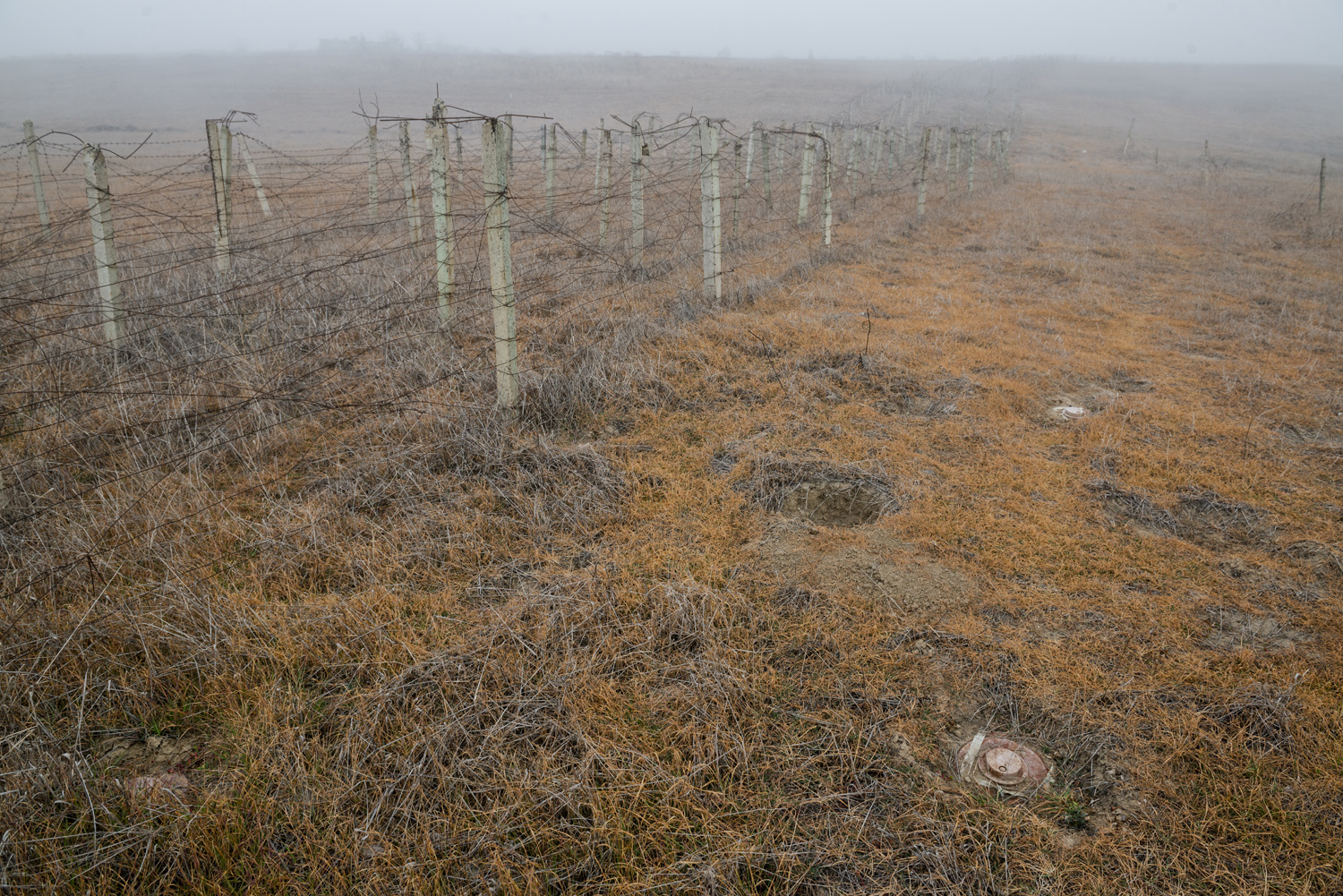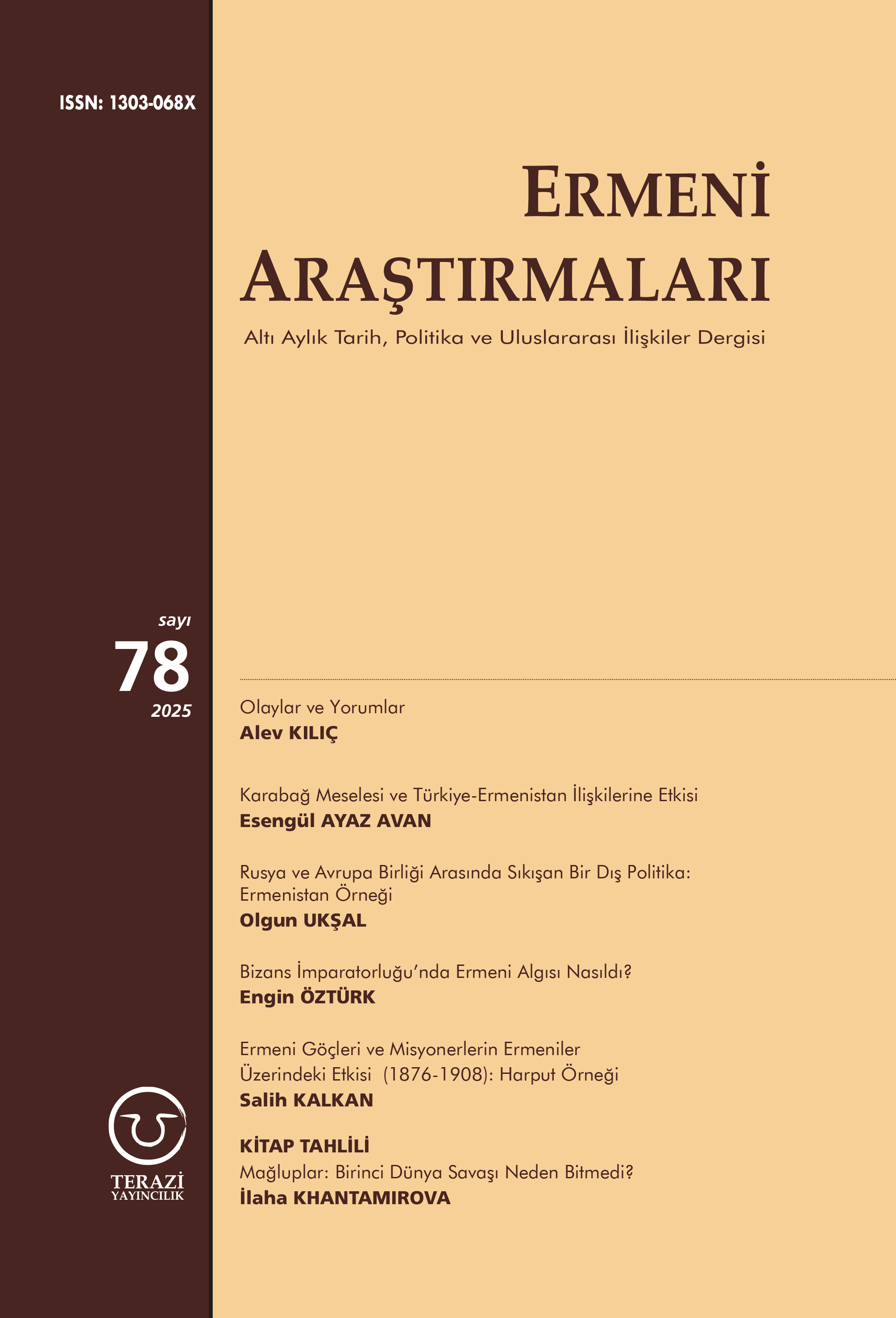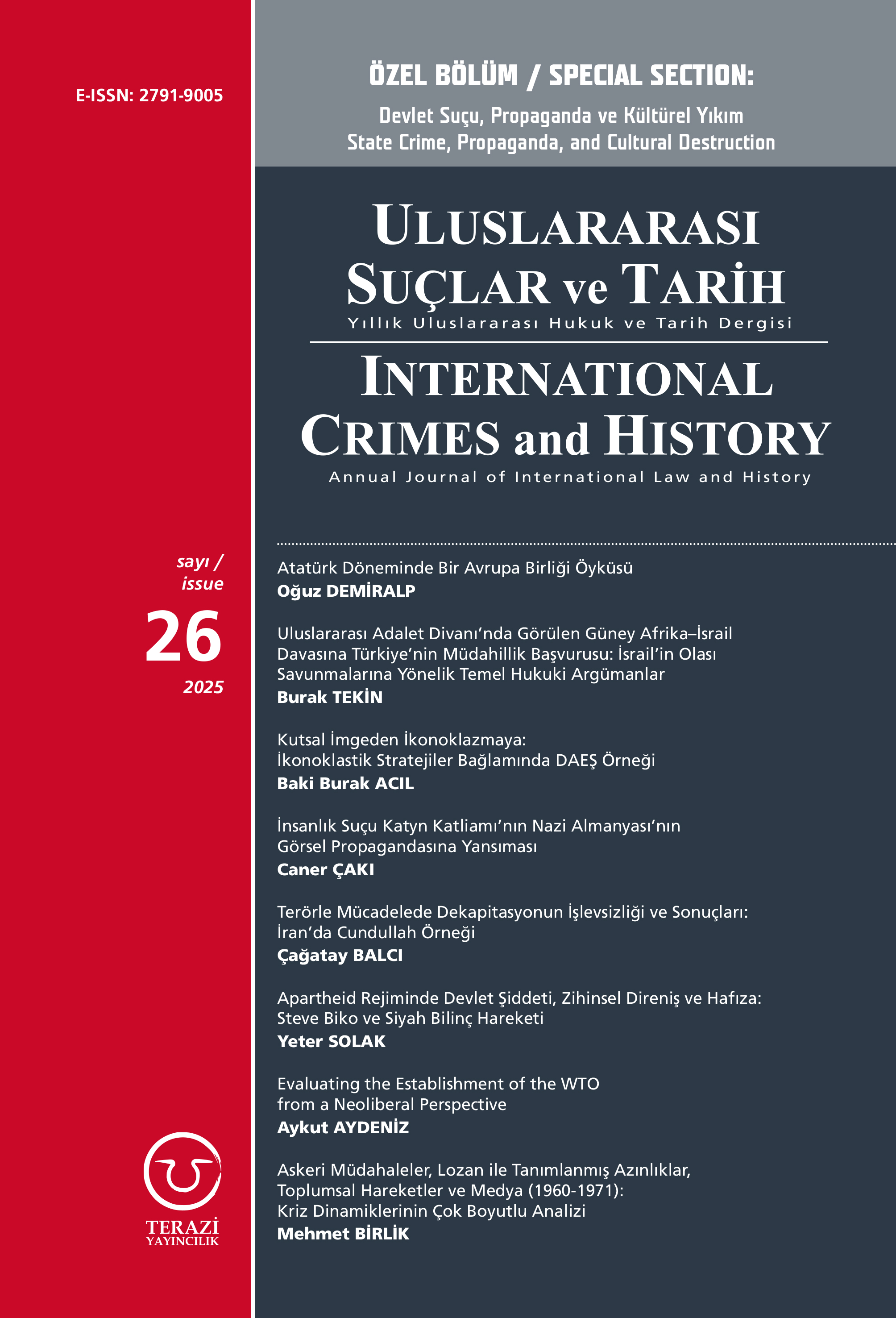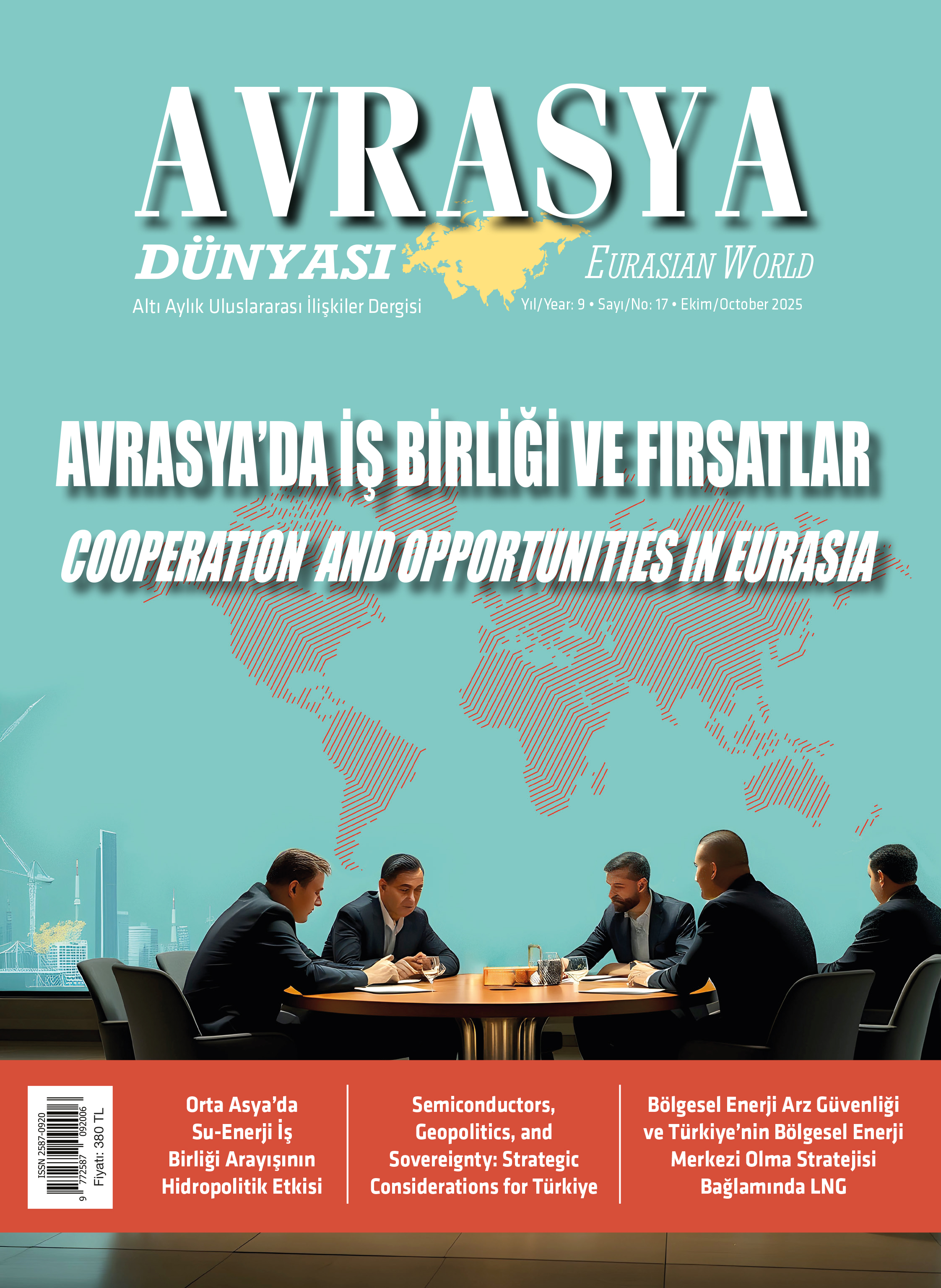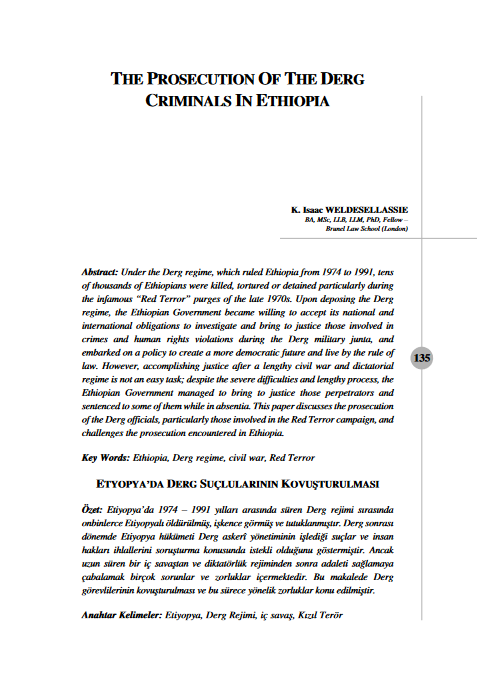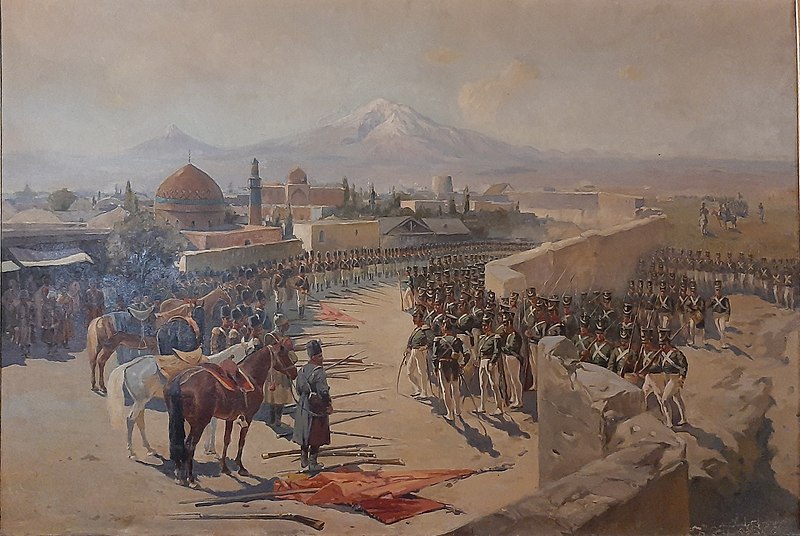
This is the English translation of a Turkish language article that was originally published by AVİM on 3 June 2025.
The Caucasus Muslims Office, which is responsible for overseeing Azerbaijan’s religious affairs, has recently decided to reconstitute the Erivan Gaziliği, the representative office/council of elders that historically oversaw the area that is now a part of Yerevan. However, this decision has sparked new disputes between Armenia and Azerbaijan. On 22 May 2025, the Caucasus Muslims Office publicly announced its decision to restore activities of the Erivan Gaziliği and published the bylaws of this representative office. In his speech, the Chairman of the Caucasus Muslims Office, Allahshukur Pashazade, stated that, just as there are similar religious centers in cities like Tbilisi, Batumi, and Derbent, the presence of such a center in Western Azerbaijan is a historical necessity—one that reflects respect for the past and faith in the future[1]. It should be noted that “Western Azerbaijan” is a contentious term in Azerbaijan-Armenia relations, and is used by Azerbaijan to signify that Azerbaijanis were systematically expelled by Armenians from their historical lands that are now a part of modern-day Armenia.
Before proceeding with our discussion, it is useful to briefly introduce the Caucasus Muslims Office. This institution was established in the 19th century by the Tsarist Russian administration. A Sheikh ul-Islam position was created to represent Shia Muslims, while a mufti office was established for Sunni Muslims. During the early years of the Soviet Union, all religious institutions were shut down as part of the state's atheist policies. However, during World War II, the Soviet government reconsidered its religious policies and reestablished the Caucasus Muslims Office in 1943. After Azerbaijan gained its independence, the office continued its activities, overseeing mosques, religious communities, and religious educational institutions that fall under its jurisdiction. The office is represented in different regions through councils of elders (gaziler şurası), which manage religious affairs at the local level and are led by religiously trained representatives/elders[2].
Turning to the current development, the Chairman of the Caucasus Muslims Office Pashazadeh stated that Armenians destroyed in the past approximately 300 mosques and over 500 cemeteries in Western Azerbaijan, which constituted a clear violation of human rights and international law. In his speech, he emphasized that the establishment of the Erivan (Yerevan) Council of Elders will serve the purpose of enabling Azerbaijanis, who were forcibly displaced from Armenia, to return to their historical lands. He also stressed that the Blue Mosque (Göy Mescid), the only mosque that not destroyed by Armenians, should be reopened for use, and that Azerbaijanis must be allowed to freely access and use the mosque and other historical monuments in Western Azerbaijan[3].
Pashazadeh’s statements quickly spread through the Armenian press, which implored the Armenian Apostolic Church to issue a response. The Armenian Apostolic Church characterized Paşazade’s accusations—arguing that Armenian religious centers are being used to promote the pathological Armenian dream of a “Greater Armenia” through false allegations and to appropriate the cultural and spiritual heritage of peoples by deceit—as a series of irrational claims[4]. The Church argued that these remarks targeted the Armenian people and the Armenian Church with hatred and hostility, and amounted to spreading the falsehoods of Azerbaijani propaganda[5].
The Armenian Apostolic Church strongly reacted to Paşazade’s claim that Etchmiadzin is located on historical Azerbaijani lands, arguing that the ethnonym “Azerbaijani” emerged as a result of Soviet nation-building policies in the late 1930s and that it is absurd for a member of such a people to question the historical existence of the Armenian people, who have thousands of years of creative life and a universally recognized spiritual and cultural heritage[6]. However, the Church must surely know that Azerbaijani identity is not confined to the 20th century, but is based on much older historical and cultural foundations.
The Armenian Apostolic Church was not satisfied with this statement alone; and in an unsurprising move, sought to rally the Christian world behind it by declaring that Armenians are being victimized in the Karabakh issue and being subjected to Muslim oppression. Specifically, on May 27–28 in Bern, Switzerland, in cooperation with the World Council of Churches and the Swiss Protestant Church, the “Armenian Heritage Conference” was organized that addressed the protection of Armenian religious and cultural heritage, the human rights of its people, and the future security of the Armenian nation[7].
Pastor Rita Famos, President of the Swiss Protestant Church, who emphasized Switzerland’s reputation based on its tradition of “neutrality” and its aid mission, interestingly only mentioned the “sufferings” of the Armenian and Kurdish peoples during the meeting. Catholicos Karekin II, spiritual leader of the Catholicosate of Etchmiadzin, claimed that a cultural genocide similar to those that happed in Iran, Syria, and Afghanistan was taking place in Karabakh. It is baffling that those who advocated for Armenian rights in Switzerland ignored the Azerbaijani architectural monuments, cemeteries, houses, mosques, and other cultural heritage elements that have been destroyed over decades in Karabakh.
In conclusion, at a time when efforts to ensure stability and prosperity in the region are intensifying, the re-establishment of the Erivan Council of Elders by the Caucasus Muslim Board, the appointment of an elder to this post, and the demand for Azerbaijanis to have the right to visit historical sites in Erivan (modern day Yerevan) can be seen as a reflection of the Azerbaijani people's desire to reclaim and preserve their historical heritage—despite the war having ended and the Karabakh territories having been regained by Azerbaijan. This situation also signifies the expression, through the leader of a religious institution, of the dreams of a people who were forcibly displaced from Western Azerbaijan in the 1980s to return to and revisit the lands where they were born.
On the other hand, the Karabakh region is one of the most sensitive issues for the Azerbaijani people. In this context, the decision to open an Azerbaijani religious representation in Erivan and a religious leader’s emphasis on past Armenian attempts to destroy Azerbaijan’s historical heritage can also be interpreted as a response—or even a form of retaliation—against what Armenia has done over the years. Following the victory in Karabakh, Azerbaijan’s consolidation of sovereignty in the region, despite the Armenian side’s continued expansionist and irredentist tendencies, may have provided the basis and confidence for making such statements.
*Picture: an 1893 painting by the French artist Frans Rubo, depicting the Russian occupation of the Azerbaijani Turkish Revan Khanate (known today as Yerevan).
[1] İrəvan qazılığının fəaliyyəti bərpa edilib, yeni qazı təyin olunub, 29 May 2025, https://report.az/dini-xeberler/irevan-qaziliginin-fealiyyeti-berpa-edilir/
[2] Qənbərov A, Azərbaycanda Dövlət -Din Münasibətləri, Bakı, 2019. S. 319.
[3] Erməni Apostol Kilsəsinə xatırlatma..., 29 May 2025, https://www.yeniazerbaycan.com/Analitik_e123460_az.html
[4] Антиармянские высказывания Пашазаде – Айрапетян, 29 Mayıs 2025, https://verelq.am/ru/node/160240
[5] Etchmiadzin Denounces Anti-Armenian Statements made by Caucasus Grand Mufti, 29 May 2025, https://hetq.am/en/article/174528
[6] Response of the Mother See of Holy Etchmiadzin to the False Statements of Head of the Caucasus Muslims Board, 29 May 2025, https://www.armenianchurch.org/en/news/response-of-the-mother-see-of-holy-etchmiadzin-az/11836
[7] As Armenian Heritage Conference opens, “we are not here to be bystanders”, 30 May 2025, https://www.oikoumene.org/news/as-armenian-heritage-conference-opens-we-are-not-here-to-be-bystanders
© 2009-2025 Center for Eurasian Studies (AVİM) All Rights Reserved
No comments yet.
-
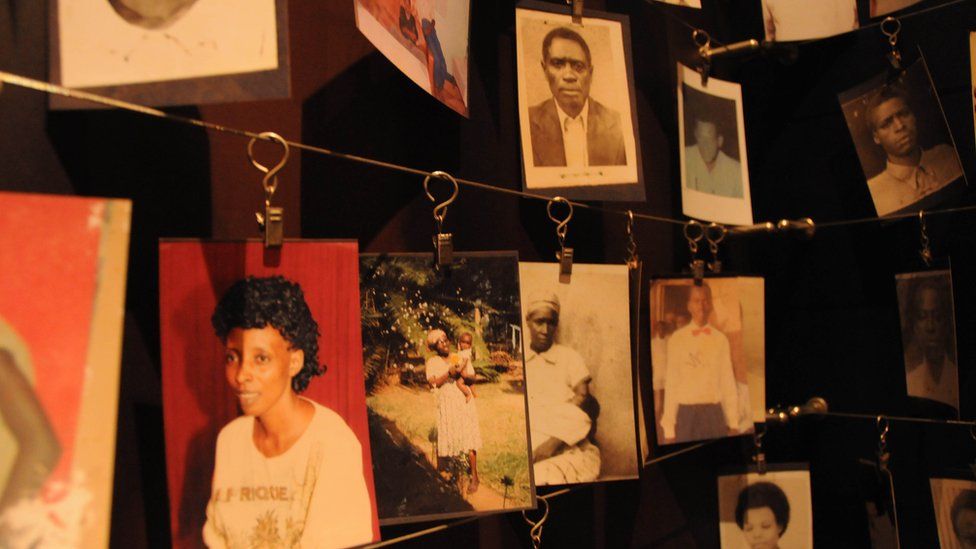 FRANCE FAILS TO ACCEPT ITS RESPONSIBILITY FOR THE RWANDAN GENOCIDE
FRANCE FAILS TO ACCEPT ITS RESPONSIBILITY FOR THE RWANDAN GENOCIDE
Gülperi GÜNGÖR 11.06.2021 -
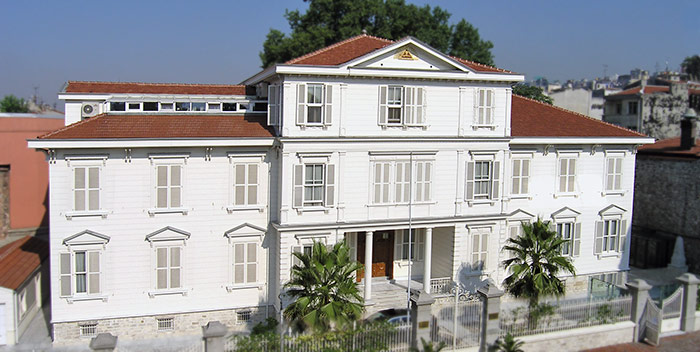 THE ELECTION OF THE ARMENIAN PATRIARCH OF ISTANBUL
THE ELECTION OF THE ARMENIAN PATRIARCH OF ISTANBUL
AVİM 22.12.2017 -
PRESIDENT OBAMA’S 24 APRIL STATEMENT
Ömer Engin LÜTEM 26.04.2013 -
THE BALKANS – EU – TURKEY
Alev KILIÇ 03.10.2012 -
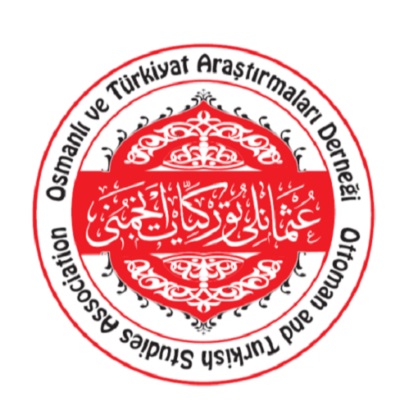 RENEWED ATTEMPTS OF THE CURRENT OTSA ADMINISTRATION TO REMOVE THE NAMES OF FUAT KÖPRÜLÜ AND HALİDE EDİP ADIVAR FROM THE OTSA AWARDS
RENEWED ATTEMPTS OF THE CURRENT OTSA ADMINISTRATION TO REMOVE THE NAMES OF FUAT KÖPRÜLÜ AND HALİDE EDİP ADIVAR FROM THE OTSA AWARDS
AVİM 22.02.2022
-
25.01.2016
THE ARMENIAN QUESTION - BASIC KNOWLEDGE AND DOCUMENTATION -
12.06.2024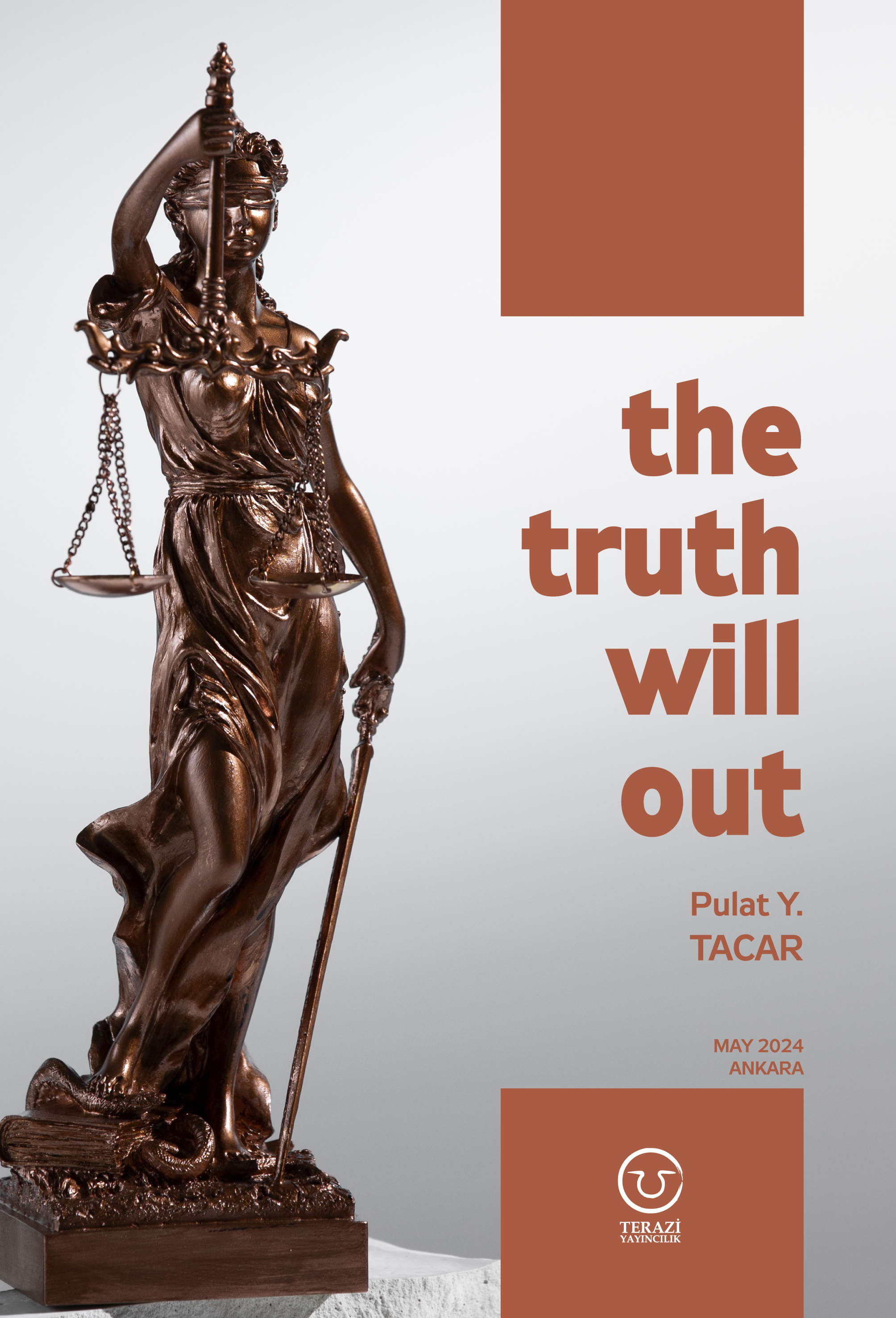
THE TRUTH WILL OUT -
27.03.2023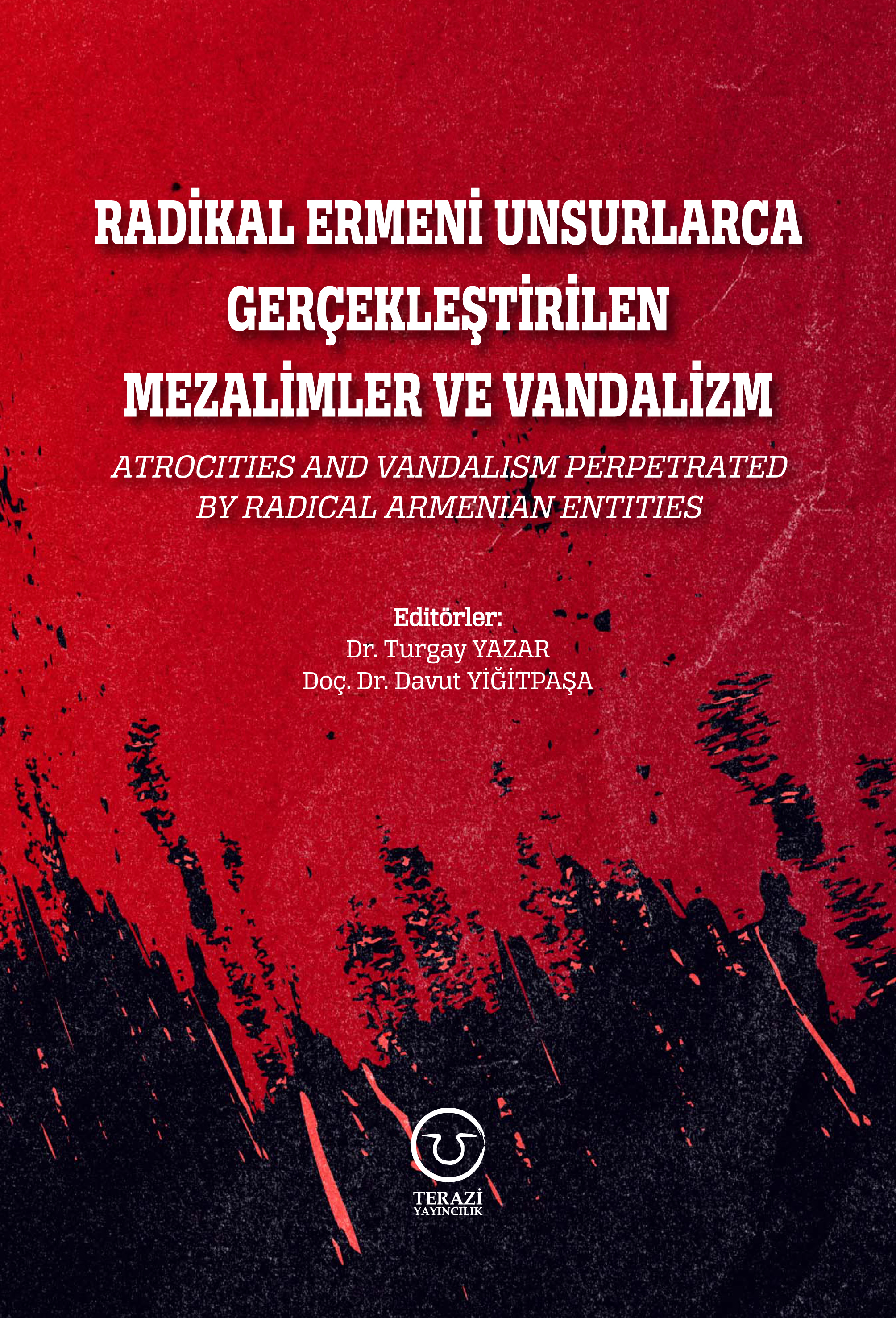
RADİKAL ERMENİ UNSURLARCA GERÇEKLEŞTİRİLEN MEZALİMLER VE VANDALİZM -
17.03.2023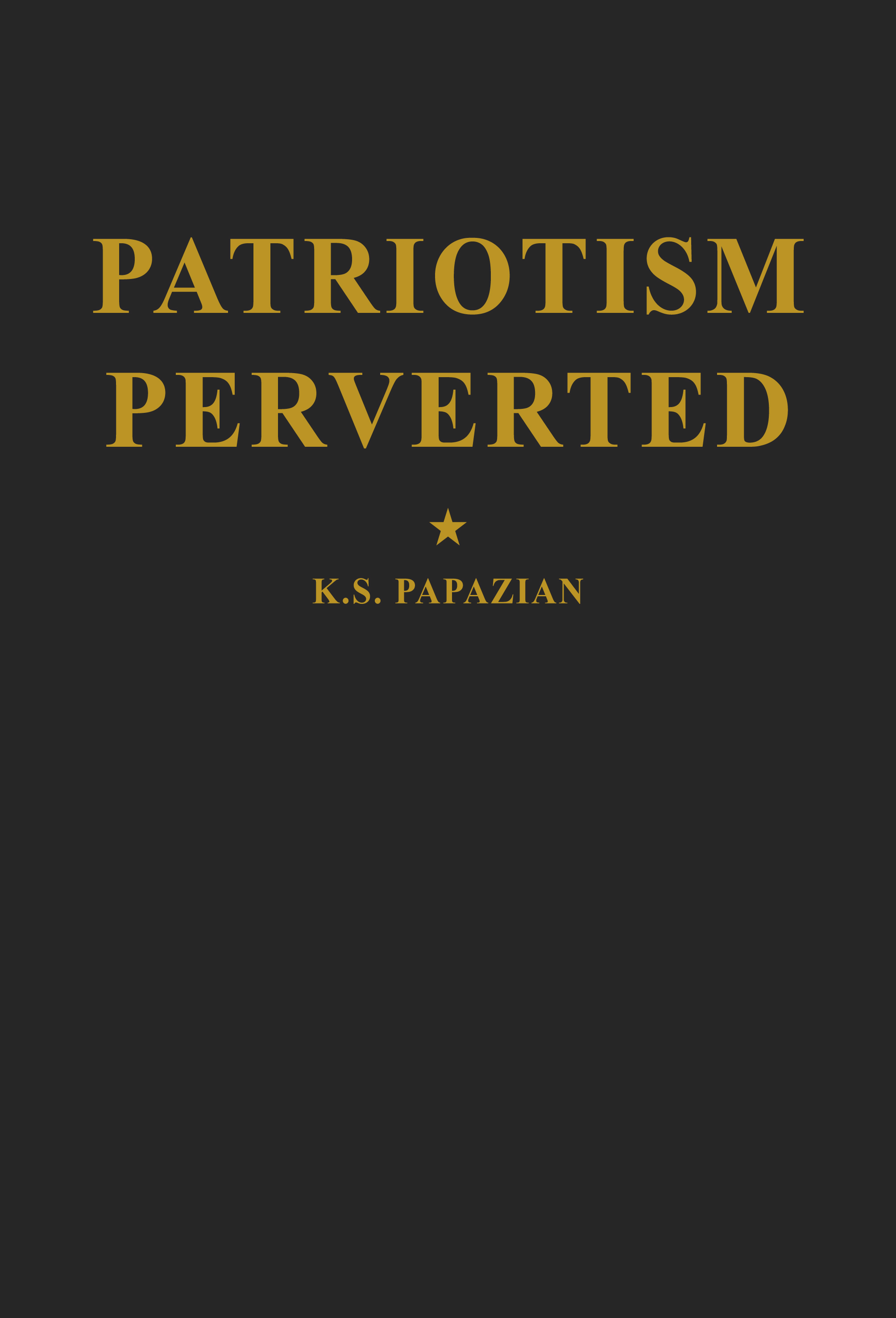
PATRIOTISM PERVERTED -
23.02.2023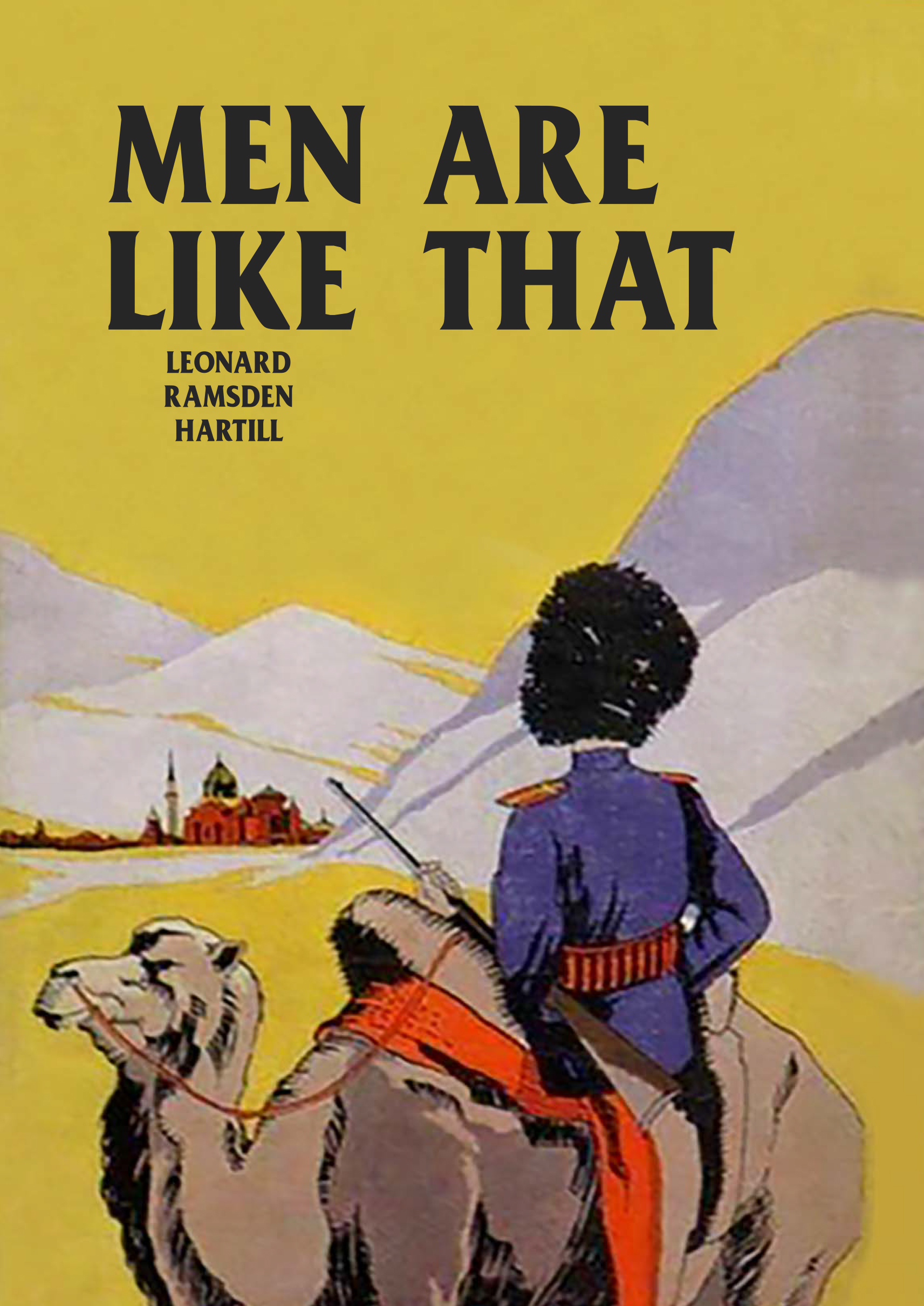
MEN ARE LIKE THAT -
03.02.2023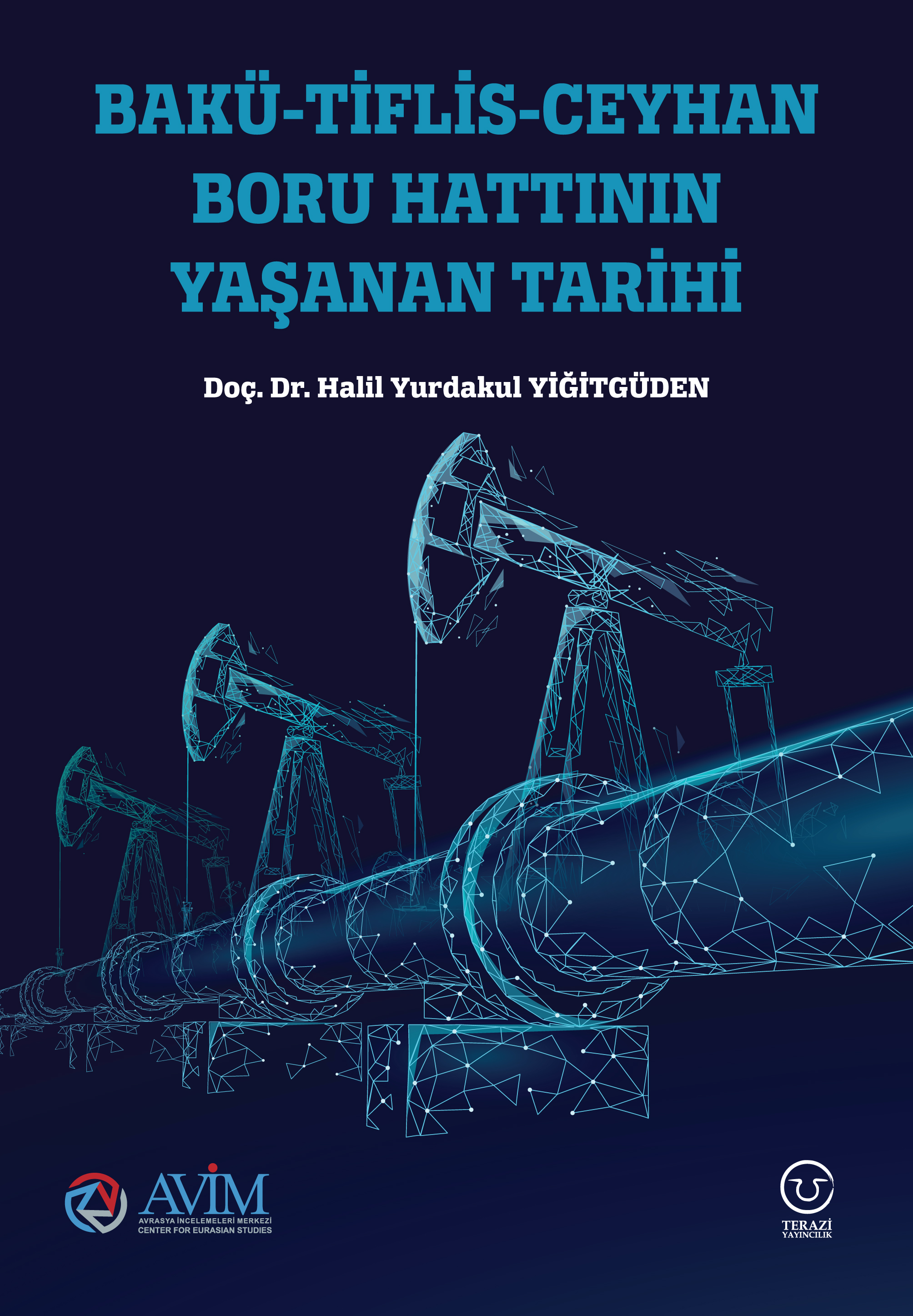
BAKÜ-TİFLİS-CEYHAN BORU HATTININ YAŞANAN TARİHİ -
16.12.2022
INTERNATIONAL SCHOLARS ON THE EVENTS OF 1915 -
07.12.2022
FAKE PHOTOS AND THE ARMENIAN PROPAGANDA -
07.12.2022
ERMENİ PROPAGANDASI VE SAHTE RESİMLER -
01.01.2022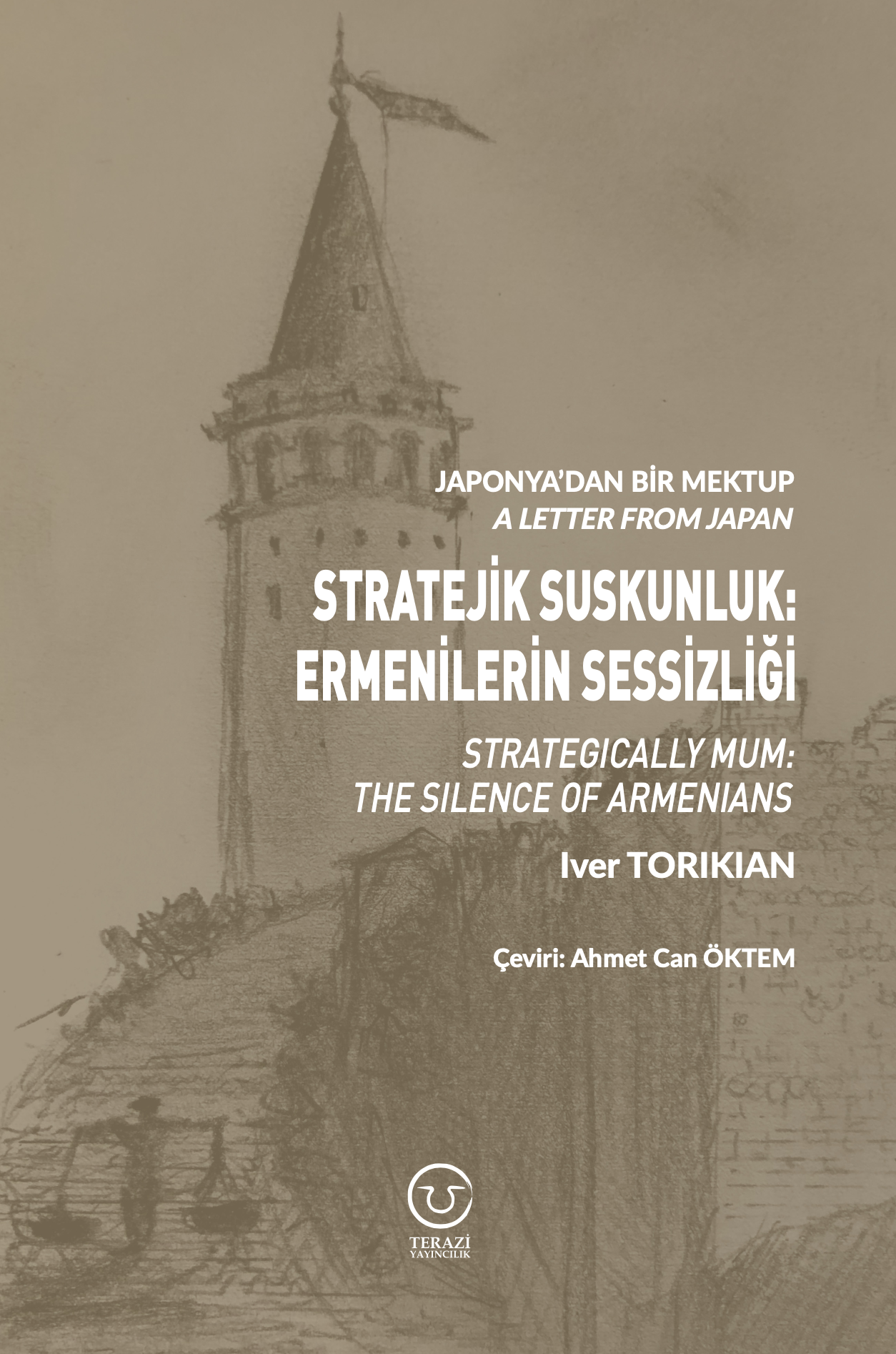
A Letter From Japan - Strategically Mum: The Silence of the Armenians -
01.01.2022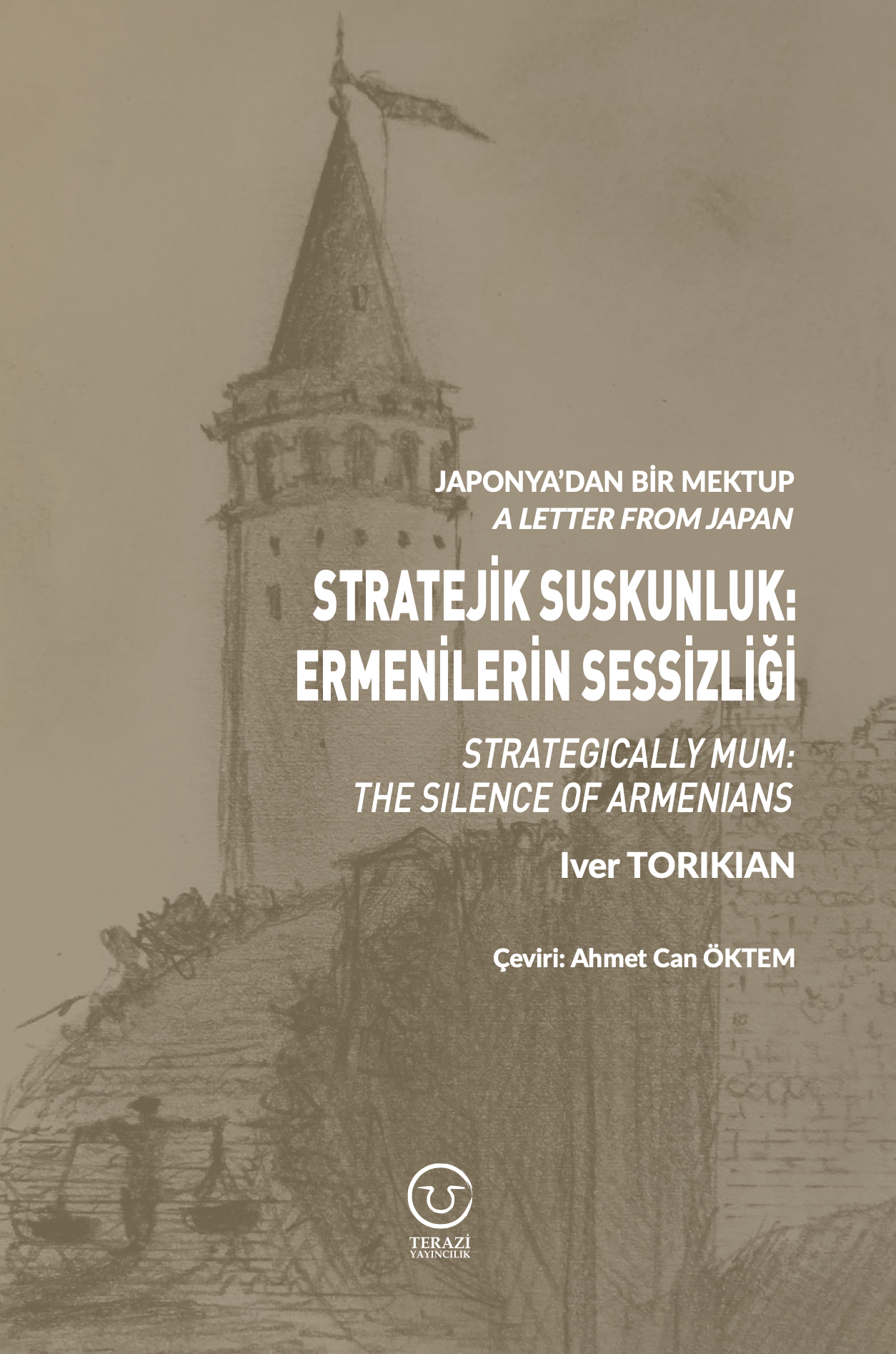
Japonya'dan Bir Mektup - Stratejik Suskunluk: Ermenilerin Sessizliği -
03.06.2020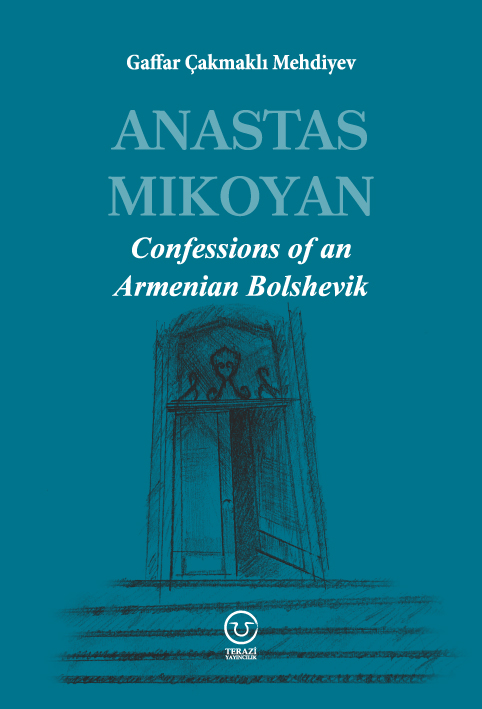
Anastas Mikoyan: Confessions of an Armenian Bolshevik -
08.04.2020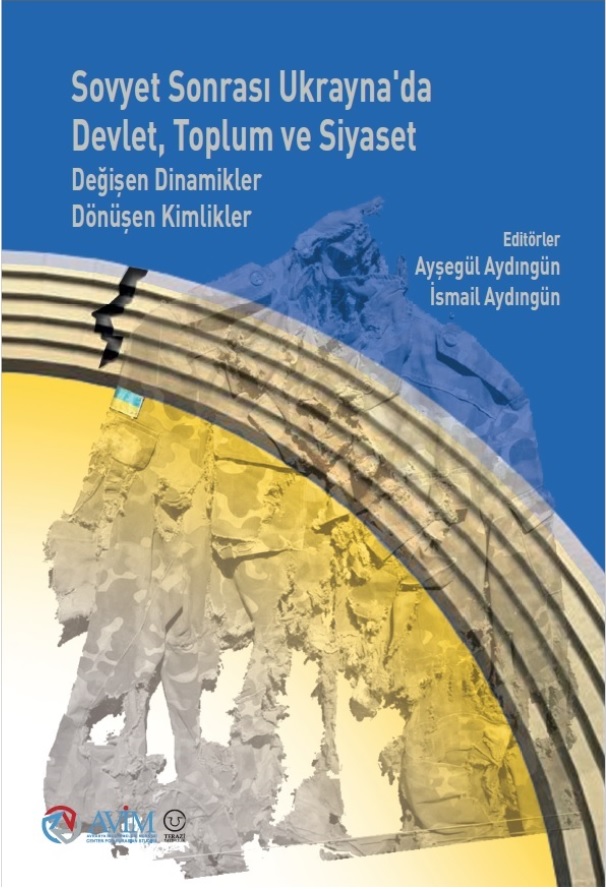
Sovyet Sonrası Ukrayna’da Devlet, Toplum ve Siyaset - Değişen Dinamikler, Dönüşen Kimlikler -
12.06.2018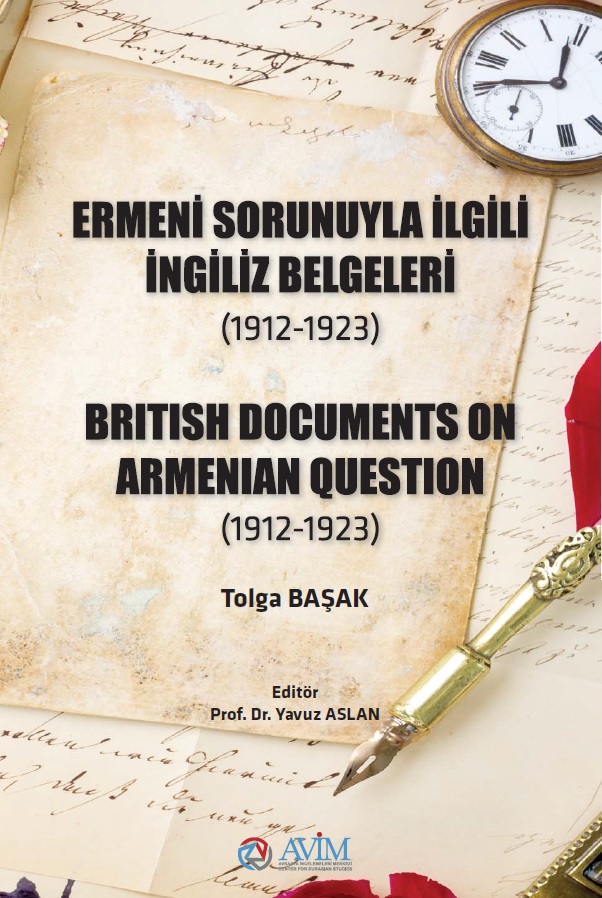
Ermeni Sorunuyla İlgili İngiliz Belgeleri (1912-1923) - British Documents on Armenian Question (1912-1923) -
02.12.2016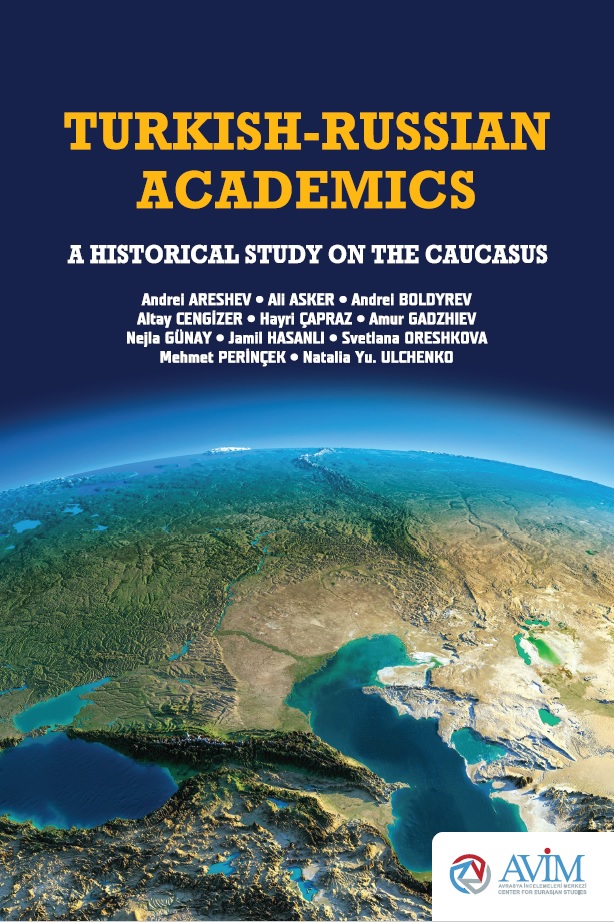
Turkish-Russian Academics: A Historical Study on the Caucasus -
01.07.2016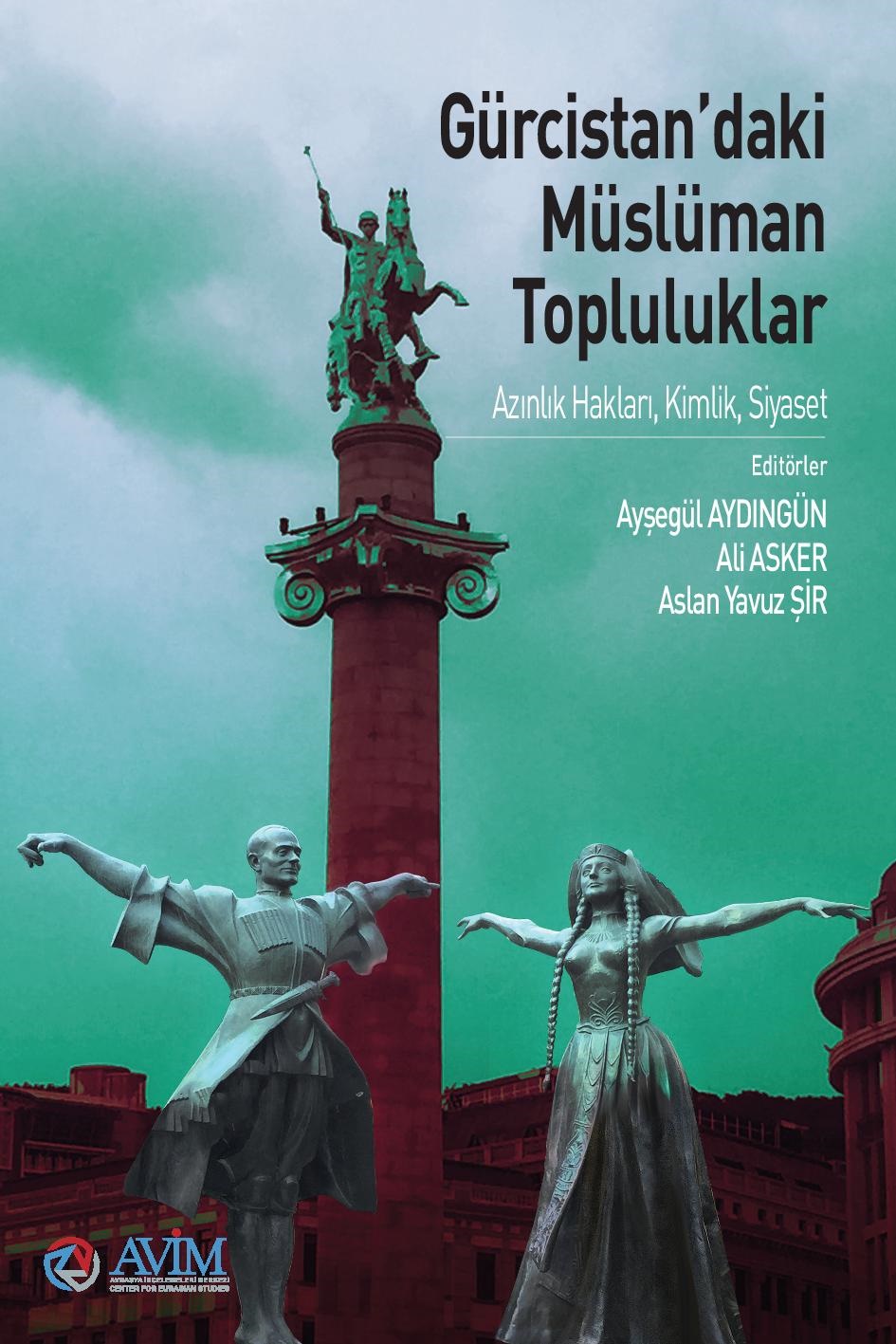
Gürcistan'daki Müslüman Topluluklar: Azınlık Hakları, Kimlik, Siyaset -
10.03.2016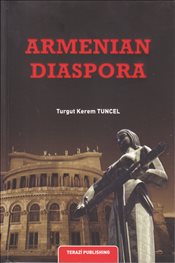
Armenian Diaspora: Diaspora, State and the Imagination of the Republic of Armenia -
24.01.2016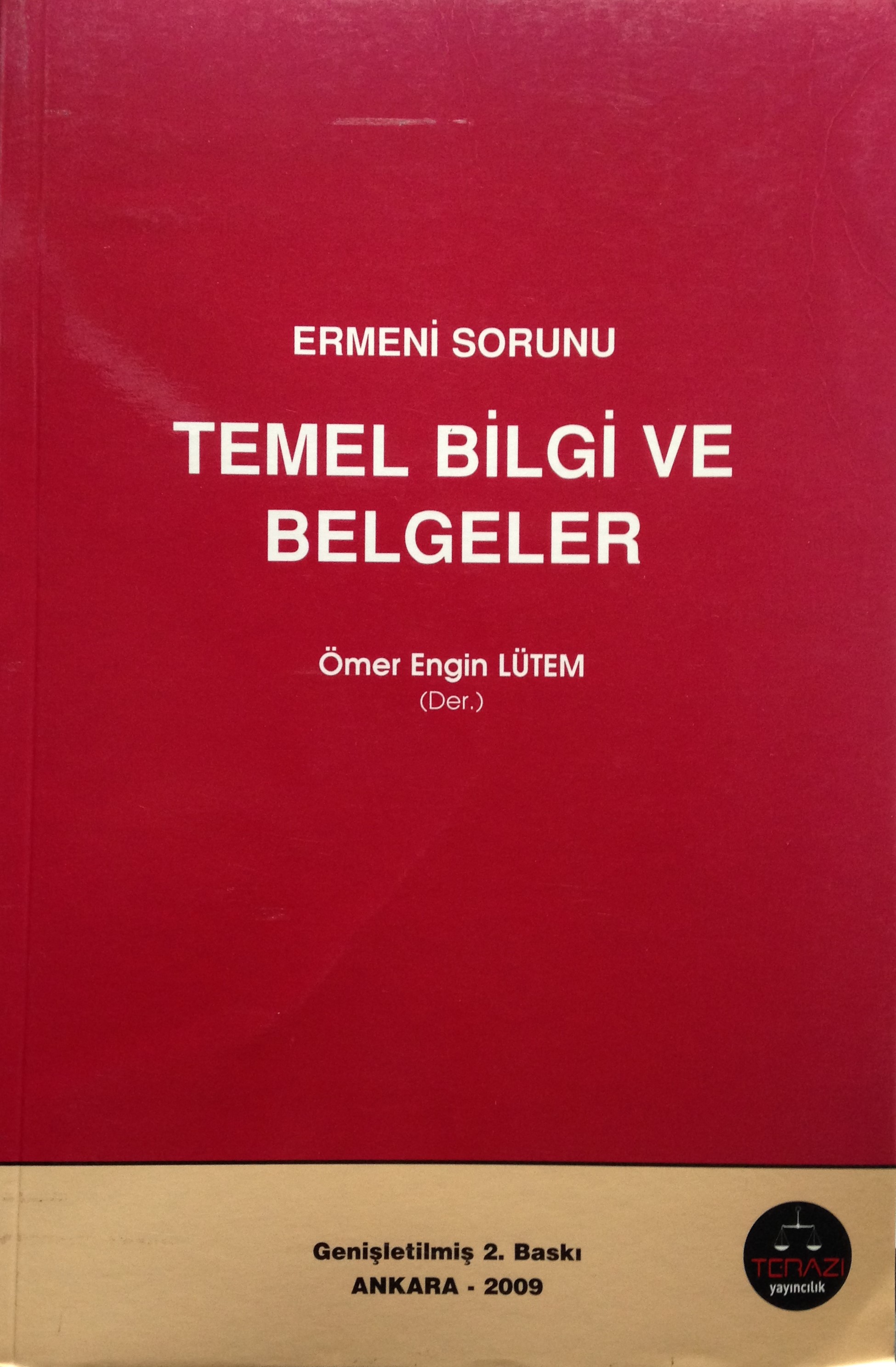
ERMENİ SORUNU - TEMEL BİLGİ VE BELGELER (2. BASKI)
-
AVİM Conference Hall 24.01.2023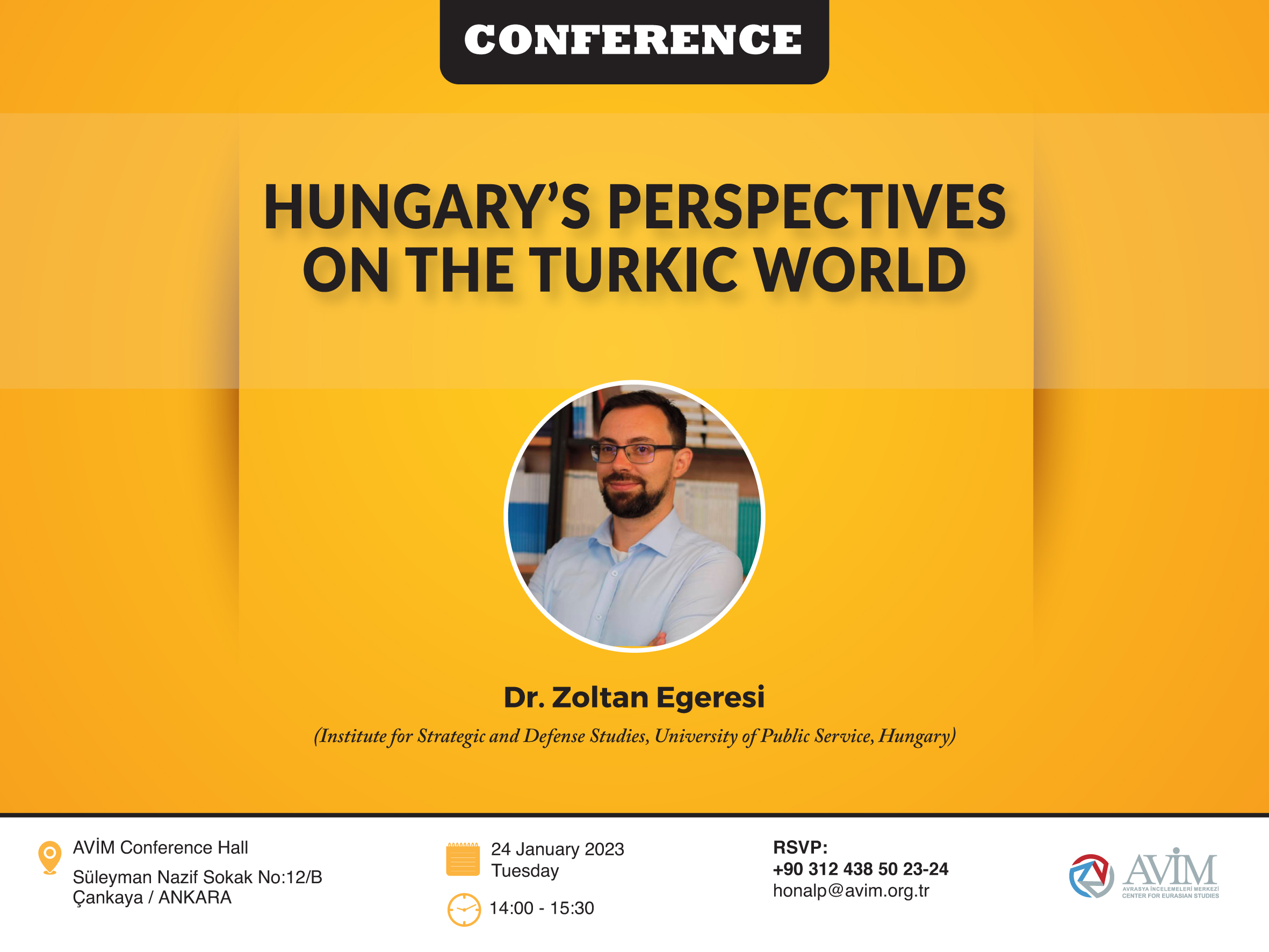
CONFERENCE TITLED “HUNGARY’S PERSPECTIVES ON THE TURKIC WORLD"

